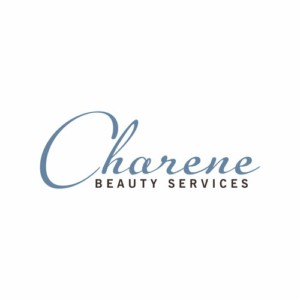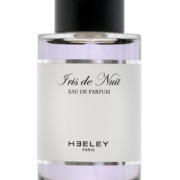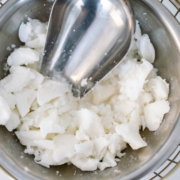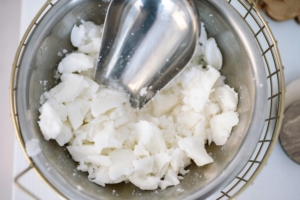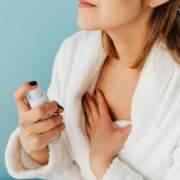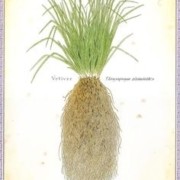What is Your Signature Fragrance? – Secrets by Charene Beauty Parlour
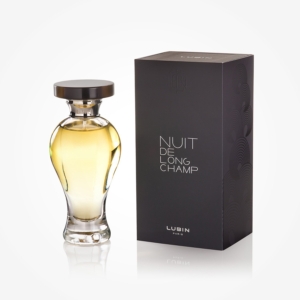
NUIT DE LONGCHAMP by Libertine
Created for ‘Night of Longchamp’, a party held in 1934 after the Grand Prix de Paris. This fragrance was traditionally given to society ladies who attended the gala dinner. Bergamot, orange blossom, ylang-ylang, cardamom, nutmeg, iris, jasmine, rose, sandalwood, broom, patchouli, oakmoss, vetiver, rockrose, balsam, and tolu balsam.
Or
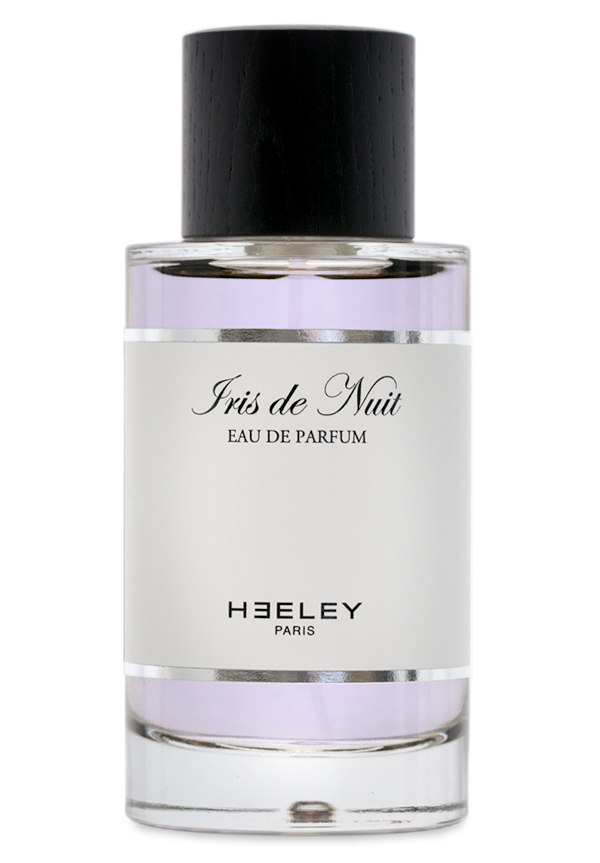
Iris de Nuit Eau de Parfum by HEELEY
Mystical, sensual and delicate, iris is one of the most rare and difficult fragrances to achieve. A seductive and delicate blend of iris, wood and Tuscan cypress, Iris de Nuit is a laid back, mellow iris fragrance. Clean and fluid, its gentle charm evokes modernity–clean spaces, soft angles and crisp white linen, quite different from the classic iris scents of the past. Perfectly wearable for anytime of day and any situation… Iris de Nuit never screeches its presence, but the air is somehow diminished when the wearer leaves the room. Memorable and tangible.
+

Acqua di Colonia – Melograno
Melograno reminds of a scent I would opt to wear in the cool, fall weather. It possesses citrus, florals and earth tones jockeying for position during its opening and heart accord. In actuality, this fragrance is a good representation of what’s listed in the accords as undertones of wood, green and the suggestion of tobacco are all represented as Melograno heads into the base and drydown.
Some Great Scents to Mix to Create Your Own Personal Scent!

Dior Homme Intense Cologne by Christian Dior
Originally launched by the design house of Dior in 2007, this fragrance is aptly named for the man who is vibrant, vital, and intense. Furthermore, Dior Homme Intense for him is a floral, woody, musky scent that he may find himself wanting to wear every day. While casual, it remains provocative—an alluring fragrance with a strong lavender top note. In addition, middle heart notes of pear, musk mallow, and iris enrich its complexity, while deep, dark base notes of Virginia cedar and vetiver provide a grounded, lasting impression.
+

Prada ‘Amber’ Eau de Parfum Spray
frag
+
Margiela Replica
Or

LILY OF THE VALLEY / MUGHETTO Cologne
